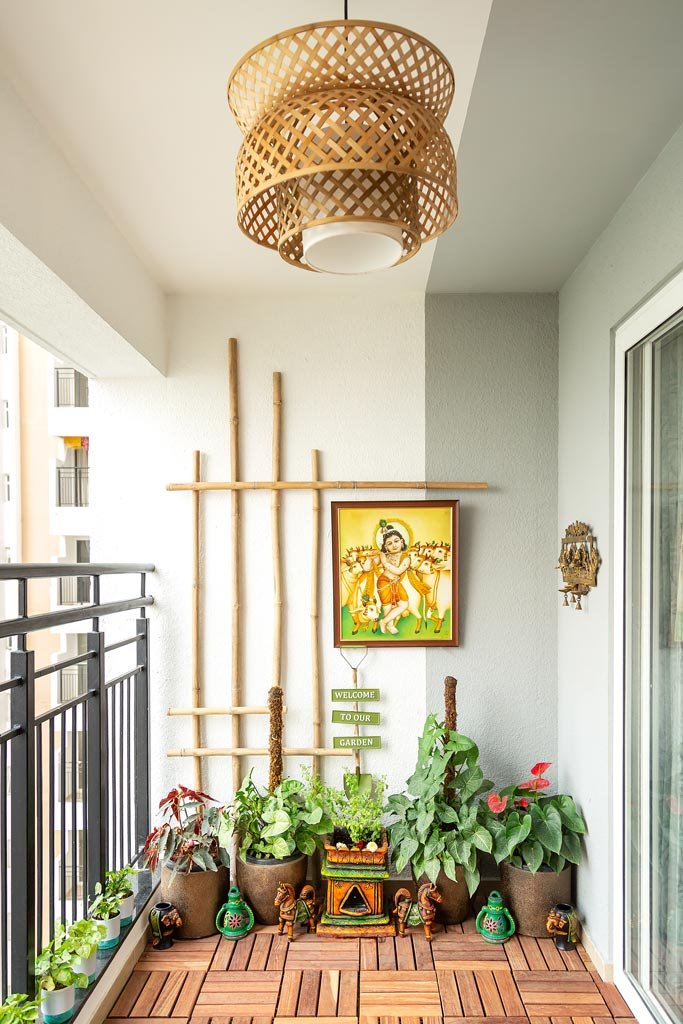Your mental health can suffer from the constant strains of modern life. A demanding schedule, not enough “Me time”, and feeling alone or disconnected can collectively damage your wellness.
According to the Centre for Urban Design and Mental Health, cities are associated with higher rates of most mental health problems compared to rural areas: an almost 40% higher risk of depression and over 20% more anxiety.
We understand getting more outdoor time is not always workable. As you spend much of your time inside, let us explore in this blog post how home interior design can help you assume a tranquil state of mind.
Understanding the Connection between Interior Design and Mental Health
Certain elements of interior design have psychological effects that can influence our mood and mental state.
Psychological Effects of Different Design Elements
Components like colour, lighting, layout, furnishings, and decor impact us psychologically and physiologically.
Incorporating natural materials and textures like wood, stone, and plants connects us to nature and its innately destressing rhythms. The mind associates these with the outdoors, triggering relaxation.
Apart from that, curved lines and asymmetric balance also cue our brains to settle into a state of harmony.
Researches Linking Home Interior Design to Wellbeing
Studies confirm the capacity of the built environment and interior design to influence key markers of mental health like stress hormones, heart rate variability, blood pressure, anxiety, and depression.
Employing specific elements like daylight exposure, appropriate acoustics, nature-inspired design, and ergonomic spaces measurably enhances mood and reduces distress.
Based on this and other behavioural studies, the evidence strongly supports that intentional home interior design decisions can moderate stress, inspire relaxation, and nurture mental health.
6 Key Elements of Home Interior Design for Mental Well-Being
Intentional design choices transform interiors into sanctuaries that replenish your mindscape. Here are six impactful strategies:
1. Colour schemes conducive to relaxation
Colour psychology is a strong factor which you can consider for your home interior design. The hues you surround yourself with directly impact mood and cognition.
Stick to calm, muted colour schemes when aiming to create a relaxing home.
Soft blues and greens inspire tranquillity as they are associated with water and grassy meadows. Natural tones like light brown, sand, and stone promote groundedness.
Paint beachy blue walls or accent the living room with olive green pillows. It is better to avoid bright reds and oranges that can overwhelm.
2. Lighting strategies for a soothing atmosphere
The type of light sources you use and the nature of the lighting itself sets the tone for relaxation. Choose incandescent bulbs wherever possible for warm, enveloping ambient light instead of the harshness from overhead fluorescents and strong LEDs. If needed, use dimmers for flexibility in brightness.
You can install lamp lighting throughout the home and utilise multiple sources to prevent straight overhead glares. Play with levels throughout the day, increasing intensity to energise you in the mornings and decreasing later for restful evenings.
3. Furniture and spatial arrangements for comfort
Analyse the layout of each room and how furniture is positioned to optimise comfort, reduce clutter, and allow the tranquil flow of movement. Having defined places for work, play, and rest separates spaces mentally.
Try to keep furniture away from walls to avoid a cramped feeling and utilise natural curves. Minimal, multifunctional pieces can also be considered. Also, ensure ergonomics so lounging and sitting spaces properly support the body without strain.
4. Incorporating natural elements and greenery
Connecting with nature is proven to lower stress and cortisol levels. Injecting your home with living greenery adds external tranquillity inside your walls. Potted plants like ferns or herbs can liven up drab corners aesthetically while purifying the air.
Floating shelving or wall mounts display succulents and trailing ivy. Consider large statement plants like Fiddle Leaf Figs.
Gardening itself can be therapeutic, so create private sanctuary spaces outdoors. Outdoor views and increased sunlight also link interiors with the peaceful outdoors.
5. Sound and acoustic considerations for tranquillity
Sound impacts mood and stress exponentially yet often goes overlooked. Minimise external noise pollution by choosing quiet neighbourhoods away from busy streets, adding insulation, upgrading windows/doors, and allowing soft indoor music.
Inside, focus on reducing echoes that overwhelm the senses by hanging tapestries, adding rug pads, and using textured wall decor. Nature sounds like gentle water features enhance relaxation, so consider a tabletop fountain.
6. Aromatherapy and scents for relaxation
The brain’s emotional centre processes the smell, making aromatherapy profoundly effective for mood enhancement. Release relaxing essential oils like lavender, chamomile, and eucalyptus into the air through diffusers or sachets.
Light calming candles around the home and burn sage to purge stagnant energy. Position fresh flowers for visual and olfactory delight. Bake sweet treats filled with cinnamon and chocolate when you want cosy comfort. However, be mindful of scent’s power.
Invest in How Your Spaces Make You Feel!
A thoughtfully designed home interior design pays immense dividends through better mental health and an elevated overall quality of life. Simple touches like daylight exposure, ergonomic furniture, greenery, appropriate acoustics, and calming accents transform indoor spaces into relaxing sanctuaries that recharge residents.
If you lack the time or expertise to execute such a research-backed design, consider contacting a professional like Hipcouch.
Our holistic Balance designs leverage proprietary research on architecture, environmental psychology, and cutting-edge technologies to create living environments that reduce stress, enhance sleep, amplify productivity, and boost overall wellness.
Book a consultation today to get started!







